Hello!
Today I would like to talk to you about where smartphone design is heading, and in particular the current trend of bending smartphone displays.
This story began back in 2008, when Nokia released a phone with the index 6600 slide, using a 2.5D screen.
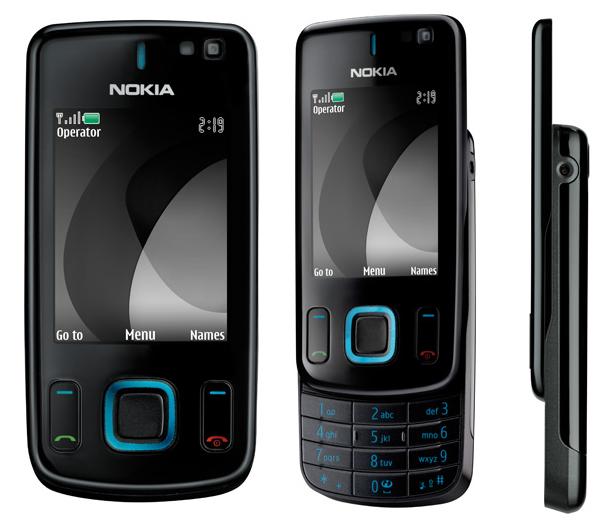
Then, this manufacturer released several more models with a display (protective glass) made using a similar technology. However, to consider these devices the founders of the 2.5D solution will not be entirely correct, since the protective glass in them was more of a body element than a part of the display. Nobody separately drew attention to this point, until the Finnish manufacturer came out with an excellent, but alas, doomed to oblivion in advance, the device under the index N9. In addition to the fact that the smartphone itself had an unusual body made of colored polycarbonate, the protective glass of its screen had a very prominent parameter – pronounced rounded edges.

Over the years, most manufacturers have joined in this game and began to vying with each other to present devices with displays made using 2.5D technology. Moreover. As always, the popularity of such a design solution was created by the company Apple, which picked up this trend, and trumpeted the whole world about its next 'innovation', releasing the model iPhone 6, happily forgetting that the display , with a similar design decision, was the Samsung Galaxy S3, which was released in 2011.

However, thanks to Apple, most manufacturers succumbed to this hysteria, and began vying to produce their devices equipped with such an 'innovative and necessary technology for all' as the rounded edges of the protective glass. It reminds me of small children in a sandbox – Vasya has a scoop, and I want the same.
There is little practical sense in such a solution. The main focus is on design. From the inconvenience, the very first thing that comes to mind is the difficulty of finding a film or protective glass that will cover the entire display area. With a phone equipped with this 'latest technology', you will have a choice – either to glue the film or glass that ends short of the display edge and does not look very aesthetically pleasing, or to look for expensive glass made with rounding technology. But even then there is a risk of buying glass, which will eventually lag behind the rounded edges and will have to be changed.

Another problem will be the safety of this glass, since with this solution the glass protrudes above the body and first contacts the surface if the phone is placed with the screen down.
How good it was in the era of flat panel displays. No problems with curved films and poorly fitting cases.

However, now it is almost impossible to find a good, modern device with a display without rounding, because the design trick called '2.5D' is used by most manufacturers, and they are not going to give it up.
Another trend in mobile phone display development was the truly curved display, pioneered by Samsung with the Note Edge, which had a display with a curved matrix on one side.
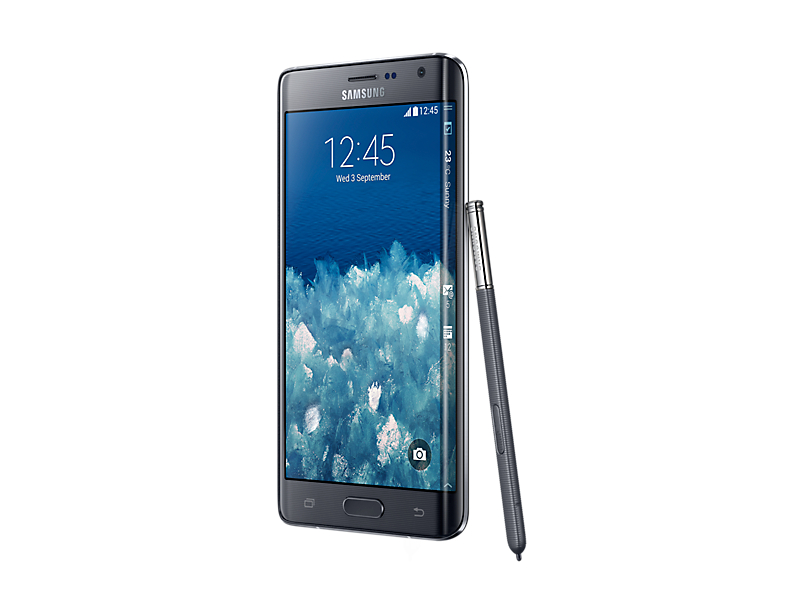
It was followed by a whole scattering of 'curved' phones codenamed EDGE (edge).
At the moment, this technology is a transitional model from simple phones to phones with a foldable matrix. And we became unwitting beta testers of such intermediate solutions. Someone likes these bends, some don't.
Choosing my next phone, I looked closely at the Galaxy S7 EDGE for a long time. Then, I had the opportunity to walk with him for a couple of days. It was after this that I realized that curved displays were not for me. In addition to constant false presses with the palm, the curved display has one critical drawback for me – irrational use of the visible area of the display. It is strange to look at a picture, the edges of which crawl over the edge of the device.
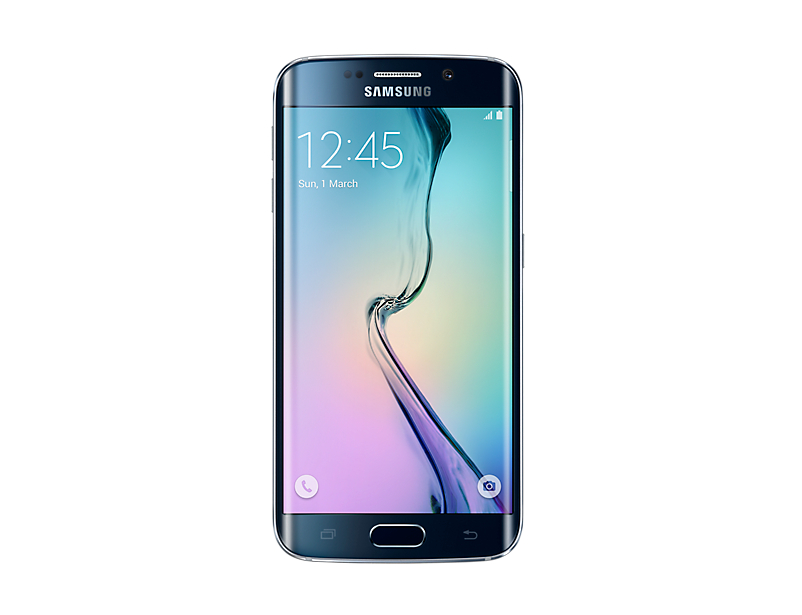
A breath of fresh air in this curved world was the release of the flagship from LG – G6, which miraculously turned out to be devoid of such design refinements, and received a display with flat edges, which, thanks to this, has a more impressive usable area with a comparable diagonal .
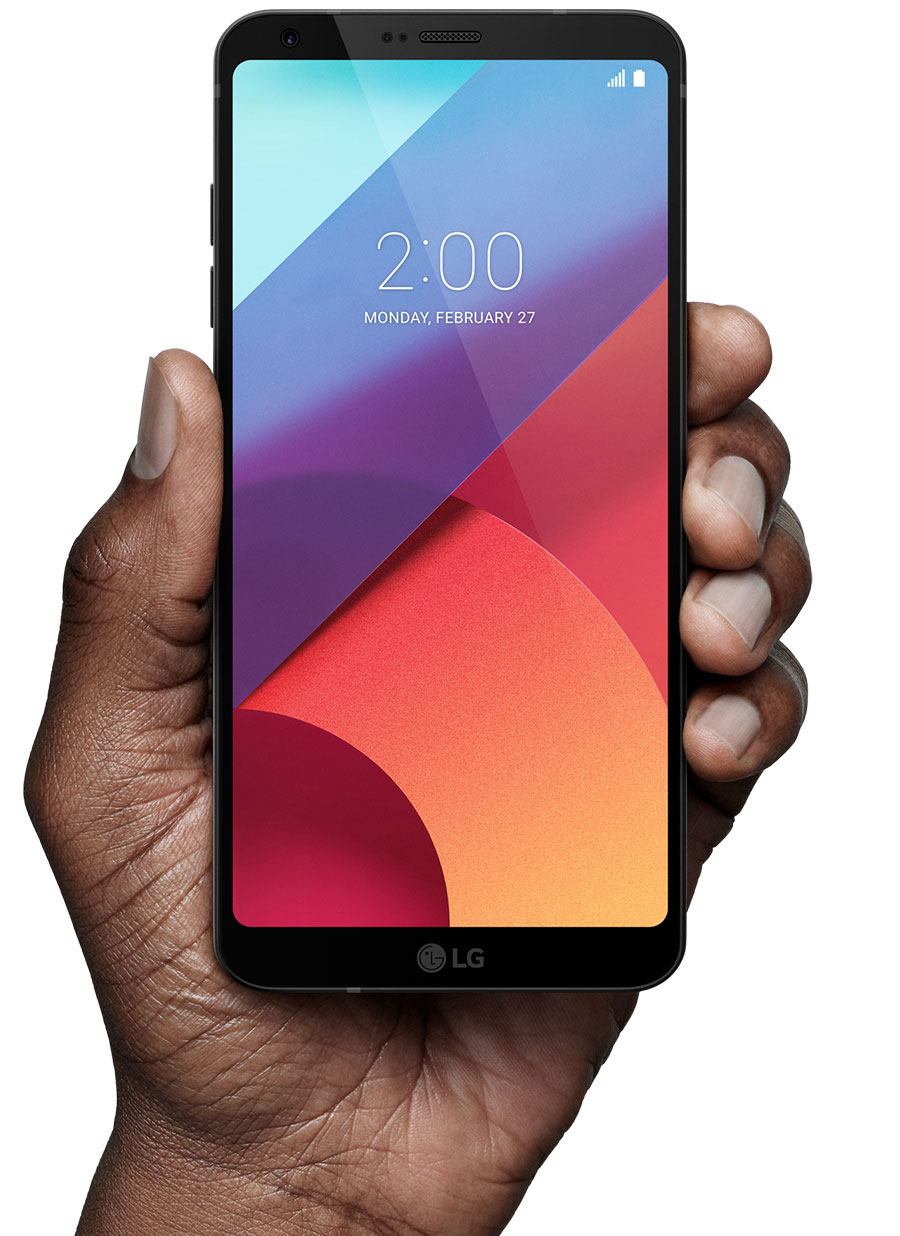
Apparently, Samsung realized this too, releasing its next flagship S8 with a much less pronounced bend, compared to the same S7 EDGE.

It seems that real, innovative and disruptive technologies have been forgotten or discarded in favor of the desire to surprise the user with new visual and design chips.
Manufacturers compete who, in what way, and those who could not 'bend', with enviable zeal to master two-eyed cameras, fingerprint scanners in the most unexpected places and other, no less exotic techniques, the benefits of which are not much.
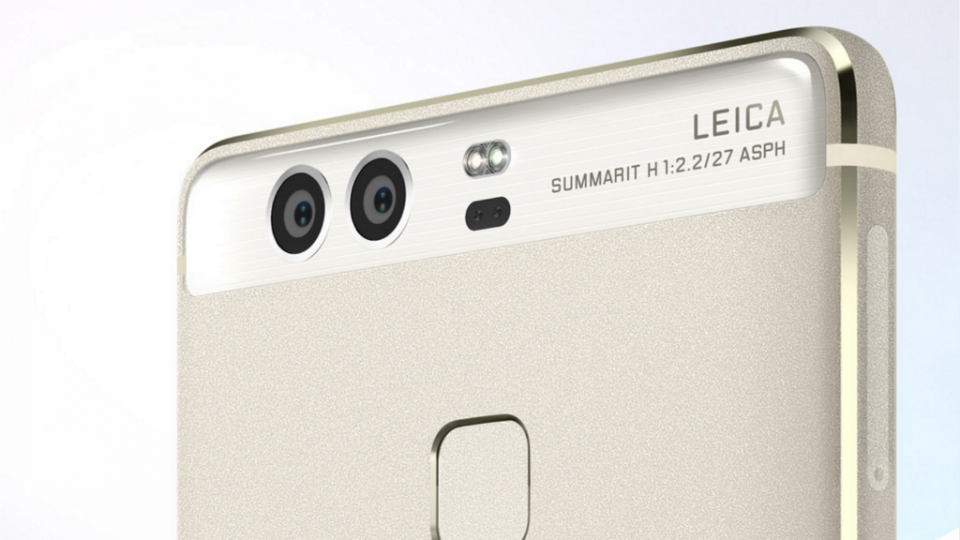
In connection with the above, I would like to ask you, dear readers, which of the current trends in the production of phones you really need and useful, and which do you consider just a tribute to fashion and the desire of the manufacturer to stand out?
